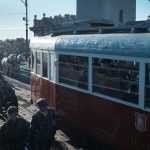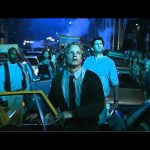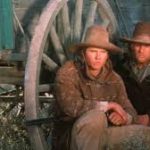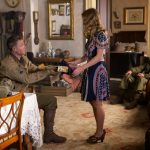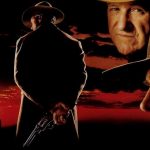🎬 We Were Soldiers (2002)
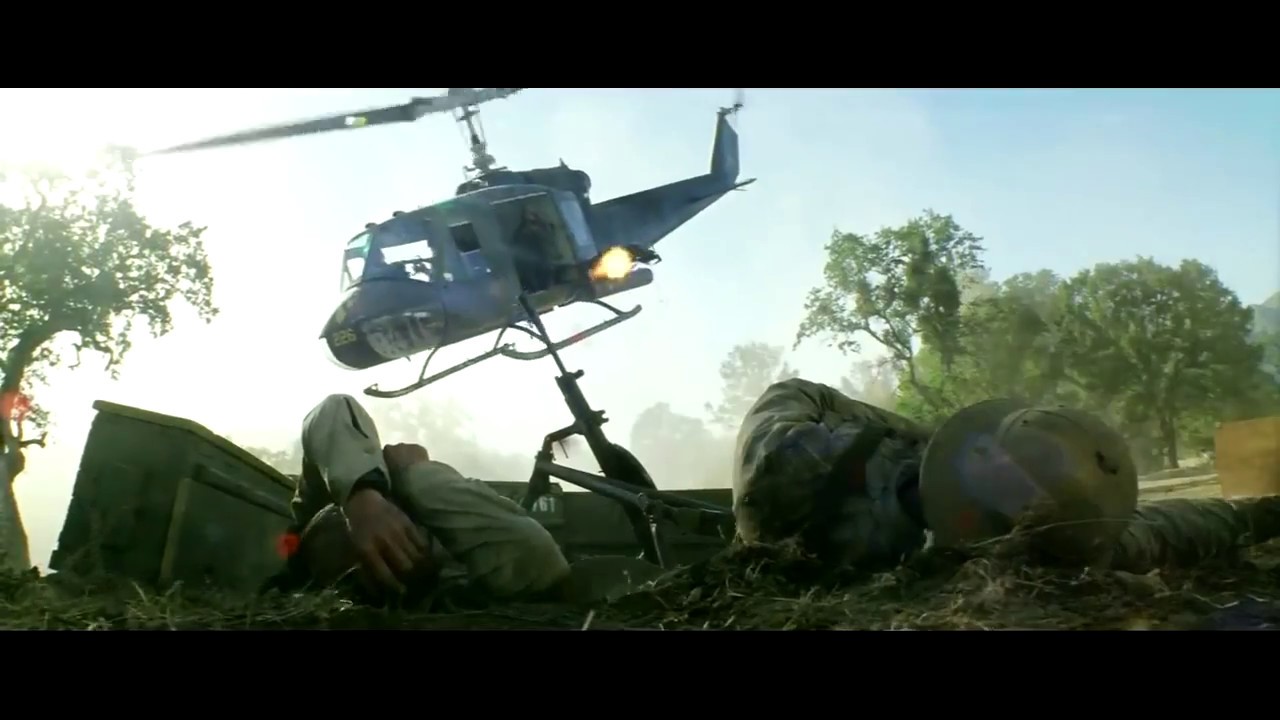
We Were Soldiers (2002) Review: A Heart-Wrenching Tribute to War and Sacrifice
We Were Soldiers (2002), directed by Randall Wallace, is a poignant and gripping war film that dramatizes the 1965 Battle of Ia Drang during the Vietnam War. Based on the book We Were Soldiers Once… and Young by Lieutenant General Hal Moore and Joseph L. Galloway, the film stars Mel Gibson as Lieutenant Colonel Hal Moore, the leader of the first major U.S. ground combat operation in Vietnam. With its raw and emotional portrayal of the horrors of war, We Were Soldiers stands as a powerful tribute to the soldiers who fought and died during the Vietnam War, focusing on their bravery, sacrifice, and the emotional toll of battle.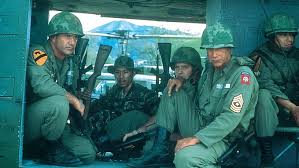
Plot Overview: A Battle That Changed the Vietnam War
Set in 1965, We Were Soldiers follows the U.S. Army’s first engagement with the North Vietnamese Army (NVA) at the Battle of Ia Drang. Lieutenant Colonel Hal Moore and his men are sent into a dense jungle in the central highlands of Vietnam, where they face overwhelming odds and a relentless enemy. Moore and his team must fight for survival while simultaneously struggling to maintain morale and honor their commitment to their country.
The film explores the relationship between the soldiers and their families, highlighting the emotional sacrifices made by the men on the battlefield as well as the wives and mothers waiting at home. The battle itself is depicted in harrowing detail, showcasing both the brutal combat and the bond between soldiers that keeps them going under unimaginable circumstances.
Mel Gibson as Lieutenant Colonel Hal Moore: A Leadership Under Pressure
Mel Gibson delivers an exceptional performance as Lieutenant Colonel Hal Moore, the brave and determined leader of the 1st Battalion, 7th Cavalry. Gibson’s portrayal of Moore is a study in leadership under pressure, as Moore not only leads his men in battle but also serves as a compassionate figure, deeply affected by the toll the war takes on his soldiers.
Gibson brings a commanding presence to the role, capturing the vulnerability, strength, and responsibility of a man who is both a warrior and a leader. His performance is particularly effective in the quieter moments of the film, where Moore struggles with the emotional burden of war, making him a relatable and complex character.
The Emotional Weight of War: The Soldiers’ Sacrifices
We Were Soldiers excels at showing the human cost of war, focusing not only on the soldiers on the front lines but also on their families back home. The film’s emotional depth comes from its portrayal of the sacrifices made by the men, women, and children affected by the Vietnam War. As the soldiers fight for their lives in the jungle, their families anxiously wait for news, unaware of the horrors their loved ones are enduring.
The emotional toll of the battle is not only felt by Moore and his men but also by their wives, including Julie Moore (Madeleine Stowe), who faces the uncertainty of her husband’s safety. The film highlights the personal cost of war, bringing to light the emotional trauma that war veterans and their families often carry for the rest of their lives.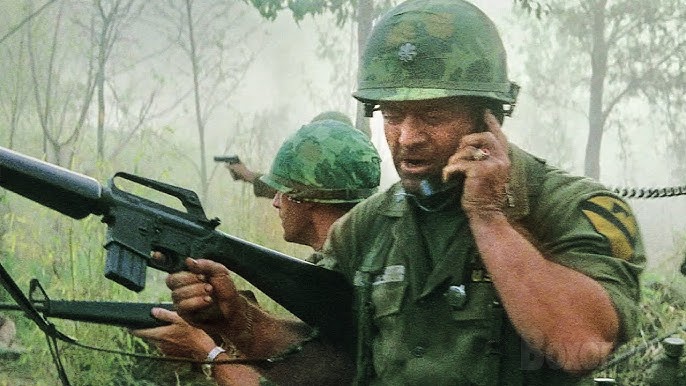
Supporting Cast: A Strong Ensemble of Soldiers
The supporting cast of We Were Soldiers adds significant depth to the film, with notable performances from Sam Elliott, Greg Kinnear, and Barry Pepper. Sam Elliott plays Sergeant Major Basil Plumley, a seasoned veteran who is fiercely loyal to Moore and serves as a pillar of strength throughout the battle. Elliott’s no-nonsense performance adds gravitas to the film, making Plumley a memorable character.
Greg Kinnear portrays Major Bruce “Snake” Crandall, a helicopter pilot who plays a crucial role in rescuing the soldiers and providing air support. Kinnear’s performance is both compassionate and heroic, and his character’s journey reflects the bravery and selflessness required to survive in the Vietnam War.
Barry Pepper, as war correspondent Joe Galloway, provides a unique perspective on the battle, offering insight into the personal and emotional struggles of the soldiers. Galloway’s journey from an outsider to an integral part of the battle adds a layer of realism and empathy to the film.
Authentic Battle Sequences and Cinematic Realism
The battle sequences in We Were Soldiers are intense and harrowing, showcasing the brutal reality of combat in the Vietnam War. The filmmakers used practical effects and realistic depictions of the terrain, weapons, and military tactics to create a gritty, immersive experience. The cinematography, led by director of photography Nicolas Roeg, effectively captures the chaos and confusion of battle while also emphasizing the human cost of war.
The use of helicopters, heavy artillery, and ground combat enhances the film’s realism, making it clear just how difficult and dangerous the fight in Vietnam was. The combat scenes are emotionally charged, as the soldiers face the horrors of war head-on, and the sound design adds to the tension by immersing the audience in the relentless noise of battle.
Themes of Brotherhood, Sacrifice, and Leadership
At its heart, We Were Soldiers is a film about brotherhood, sacrifice, and leadership. The soldiers in the film form deep bonds as they fight together in the face of overwhelming odds. Their loyalty to one another is a central theme, and it is this sense of brotherhood that drives them to keep going despite the heavy casualties and emotional toll of the battle.
The film also explores the concept of leadership, particularly through the character of Lieutenant Colonel Moore. Moore’s ability to make difficult decisions, keep his men motivated, and maintain a sense of hope in the darkest moments is a testament to the strength of character required to lead soldiers in such a high-stakes situation.
Finally, We Were Soldiers underscores the immense sacrifices made by the soldiers, their families, and their country. The film doesn’t shy away from showing the harsh realities of war and the lasting impact it has on those who fight in it.
Critical Reception: A Tribute to the Vietnam War Heroes
Critics have praised We Were Soldiers for its authenticity, emotional depth, and strong performances. The film is often lauded for its respectful portrayal of the Vietnam War and its focus on the human side of combat, rather than just the action.
- The New York Times commended the film for its portrayal of both the brutality of war and the camaraderie that emerges from it, noting that it strikes a balance between action and emotional depth. (nytimes.com)
- Variety praised the film for its powerful performances, particularly from Mel Gibson, and for its ability to present a balanced view of the Vietnam War, highlighting both the heroism and the tragedy of the conflict. (variety.com)
- Rotten Tomatoes gives the film a favorable rating for its realistic depiction of war and its emotional resonance, describing it as a compelling and moving experience. (rottentomatoes.com)
Where to Watch
We Were Soldiers is available for streaming on various platforms and is also available for digital rental and purchase. If you’re interested in a gripping, emotional portrayal of the Vietnam War, We Were Soldiers is a must-watch.
Final Thoughts: A Powerful and Emotional War Film
In conclusion, We Were Soldiers (2002) is a powerful and emotionally charged war film that captures the courage, sacrifice, and humanity of the soldiers who fought in the Vietnam War. With standout performances from Mel Gibson, Sam Elliott, and Greg Kinnear, the film offers an honest and respectful tribute to the heroes of Ia Drang. The film’s intense battle sequences, emotional depth, and themes of brotherhood and leadership make it a memorable and meaningful experience for viewers. If you’re looking for a war film that delves into the personal cost of combat, We Were Soldiers is an essential watch.
